WONDERS OF INDIA
7 Architectural Wonders of India
India has been the centre of the world for too long in the ancient past. Few of world’s most important religions has originated from India. Buddhism was once the dominating religion in India and Buddhist monasteries and stupas were built all over India before it eventually spread to other countries. Around 8th century AD, with the advent of Shankaracharya, Hinduism revived and it saw many Hindu rulers including Pallavas and Cholasbuilding architectural wonders. Rajputs built various magnificent hill forts in Rajasthan to protect their own areas.
After the invasion from Muslim rulers in the 11th century, India for the first time saw influences from the middle east, with Afghan and Persian architectural designs mixing with the exiting Indian styles. Mughals ensured that India has some of the finest Islamic architecture in India. Portuguese, French, Dutch and Britishers later attacked India, leaving their footprints with various churches and influences from European style of monuments.
India has been a land of architectural marvels and here is our list of 7 wonders of architecture in India.
1. Taj Mahal, Agra, Uttar Pradesh
Part of the 7 wonders of the world, this list had to start with Taj Mahal. Taj Mahal is an mausoleum built in a span of 22 years in the 17th century by Mughal emperor Shah Jahan for his beloved wife Mumtaz. Taj Mahal displays a combination of Hindu and Indo-Islamic architecture. Huge white marble terrace on which rests the famous white marble dome, flanked by four tapering minarets. Within the dome lies the jewel-inlaid cenotaph of the deceased queen.
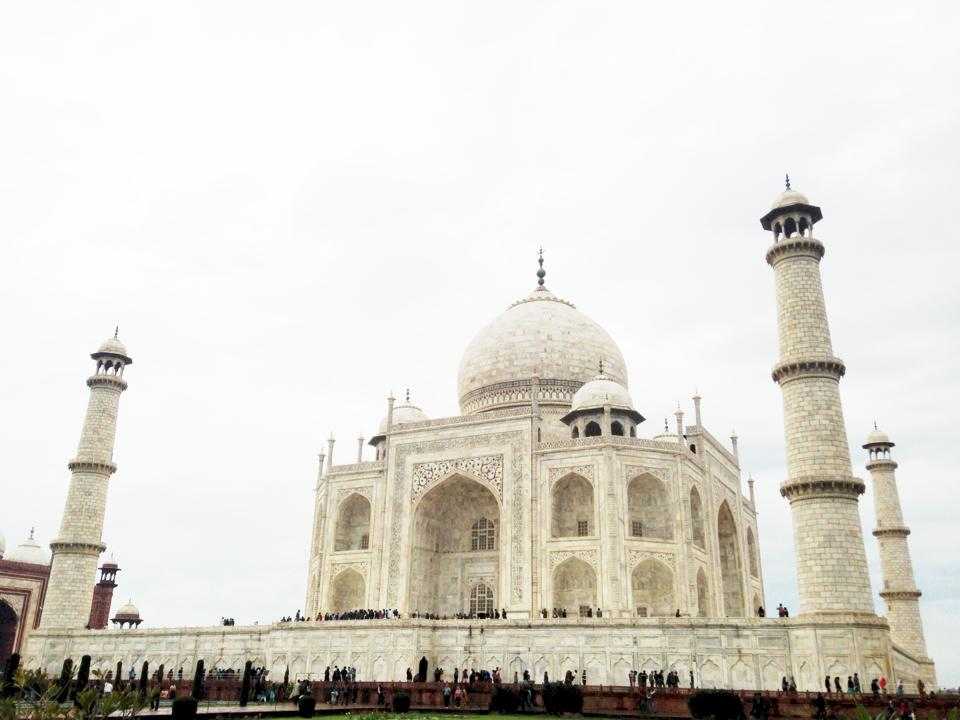
The grandeur of Taj Mahal

Taj Mahal on a full moon night
2- Nalanda Ruins, Nalanda, Bihar
Nālandā was an ancient center of higher learning in Bihar, India. The university of Nalanda is located in the Indian state of Bihar, and was a Buddhist center of learning. The great library of Nalanda University was so vast that it is reported to have burned for three months after the invaders set fire to it, ransacked and destroyed the monasteries, and drove the monks from the site.
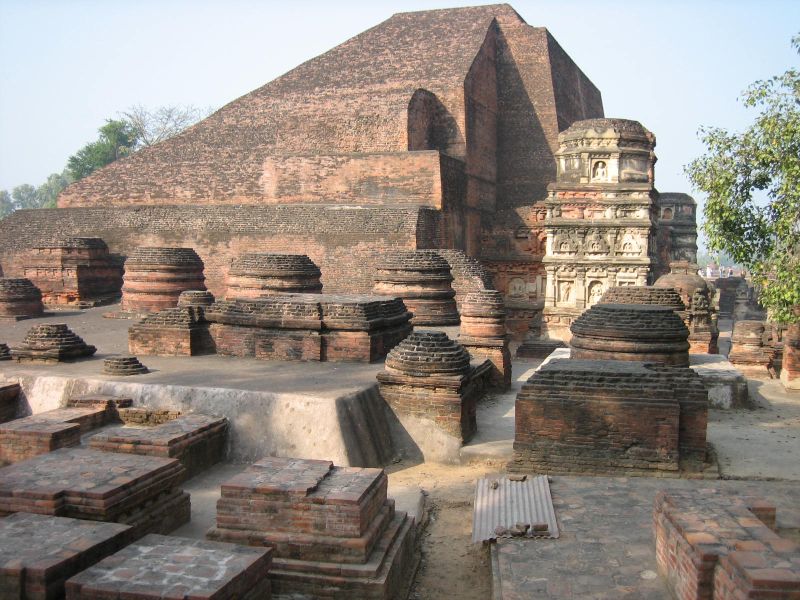
Ruins of the ancient Nalanda University, Bihar (Image Courtesy: Vyzasatya)
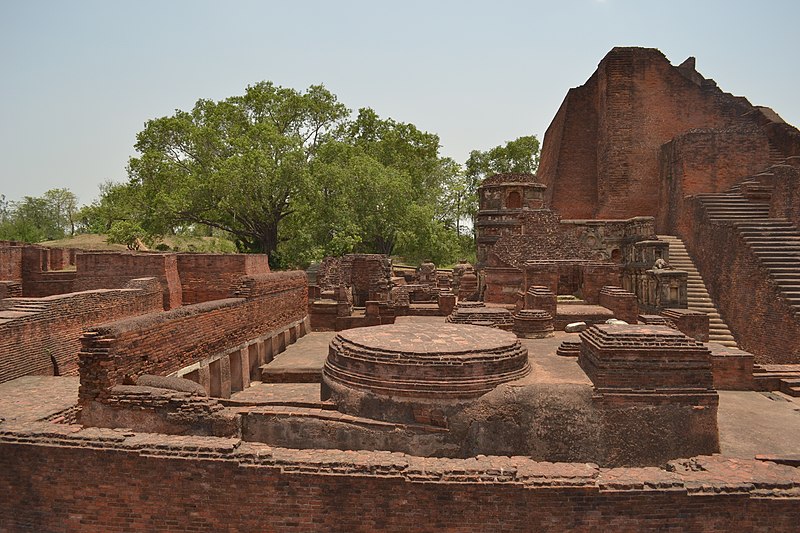
Another view of Nalanda university (Image courtesy: Arunava de Sarkar)
3. Galden Namgey Lhatse, Tawang, Arunachal Pradesh
Tawang Monastery in Arunachal Pradesh is the largest monastery in India. It was founded near the small town in accordance with the wishes of the 5th Dalai Lama. It is very close to the Tibetan border, in the valley of the Tawang-chu which flows down from Tibet. The monastery is also known in Tibetan as Galden Namgey Lhatse, which translates to ‘Celestial paradise in a clear night.’

8 m tall statue of Shakyamuni (Image courtesy: appji)
4. Ruins of Vijaynagar Empire, Hampi, Karnataka
Hampi ruins are a UNESCO World Heritage Site, listed as the Group of Monuments at Hampi. The Vithala temple complex at Hampi in state of Karnataka has 56 musical pillars, which are constructed such that when stuck, each one emits a unique musical tone. The Virupaksha temple, site of the ancient city of Vijaynagar, is the main centre of pilgrimage at Hampi. It has three towers, which rise to a height of 160 feet and are nine tiered. It dates back to the first half of the fifteenth century.
5. Sun Temple, Konark, Odisha
The Surya – mandir (sun-temple) of Konark, derived from the words Kona (Corner) and Arka (Sun), is known not only for its architectural grandeur but also for the intricacy and profusion of sculptural work. The entire temple has been conceived as a chariot of the sun god with 24 wheels, each about 10 feet in diameter, with a set of spokes and elaborate carvings. Seven horses drag the temple and two lions guard the entry, crushing the elephants.

Sun Temple, Konark

Panoramic View of the complex
6. The Iron Pillar, Delhi
Dating back to the 4th century A.D., the Iron pillar of Delhi bears Sanskrit inscription in Brahmi script which states that it was erected in the honor of the Hindu god, Vishnu and in the memory of the Gupta King Chandragupta II. It highlights ancient India’s achievements in metallurgy. The pillar is made of 98 percent wrought iron and has stood more than 1600 years without rusting or decomposing. The pillar is 7 meters high and 17 inches in diameter at the base and 12 inches in diameter at the top. It might not be the most beautiful architectural monument in India,but it sure is one of the wonders of India

Iron Pillar
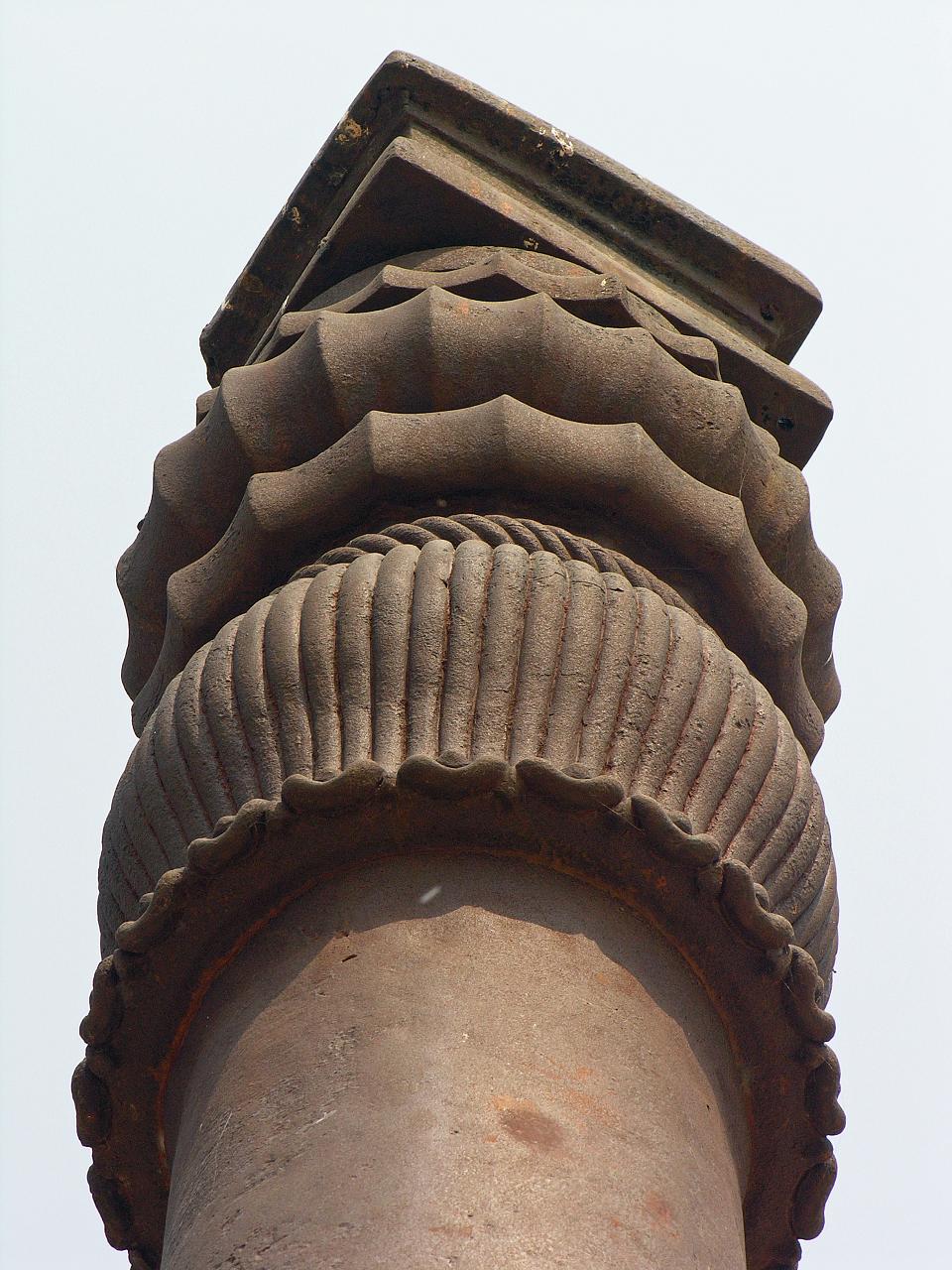
Details on the top of the pillar
7. Ajanta & Ellora Caves, Aurangabad, Maharashtra
Ajanta Caves, thirty in number were made in 2nd century BC. The themes are religious and centred around Buddha. Paintings are done on ground of mud-plaster. Ellora caves are rock-cut shrines representing three different faiths, Buddhism, Hinduism and Jainism, known for their striking proportion, elaborate workmanship, architectural content and sculptural ornamentation. Both Ajanta and Ellora Caves are part of UNESCO World Heritage Sites and are one the most exotic caves of India depicting India’s architectural brilliance in the past.
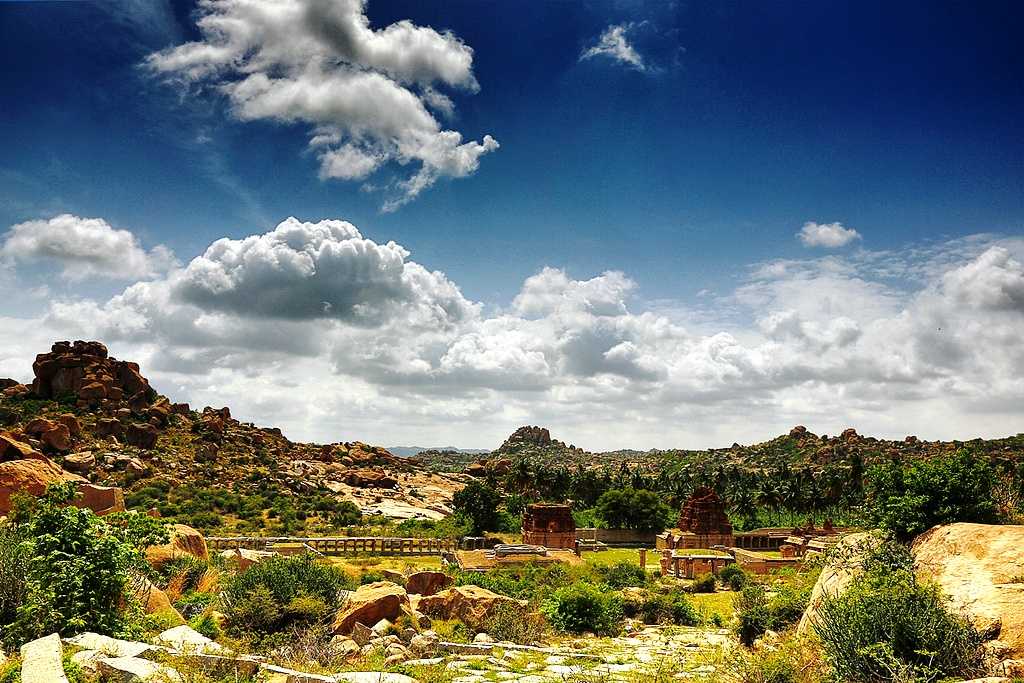
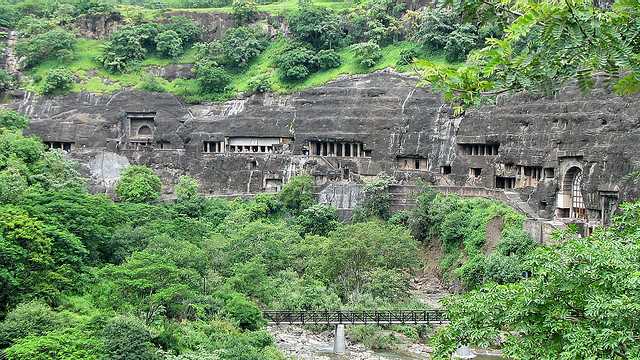
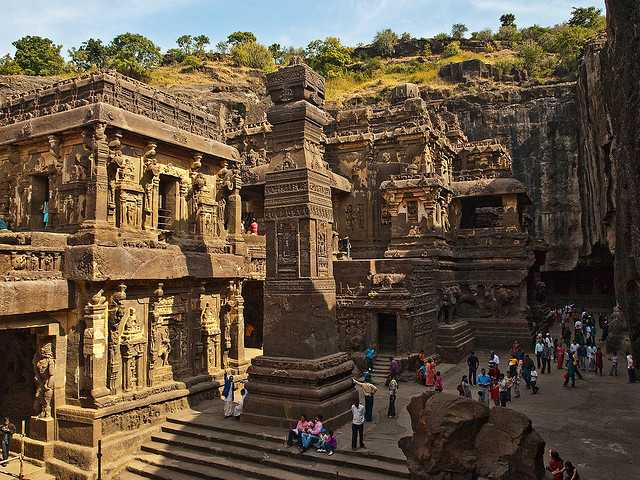



Comments
Post a Comment